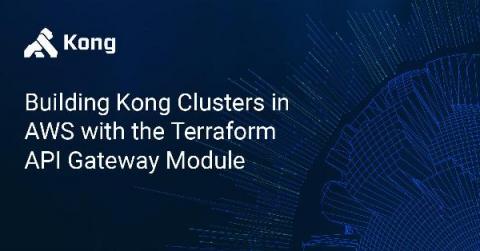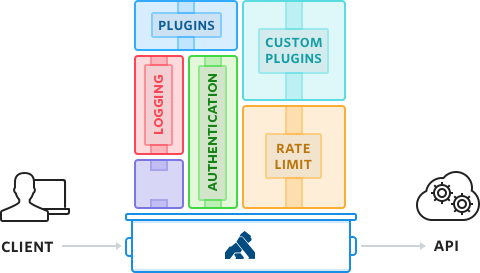UnitedHealth Group Insures API Management With Kong Gateway
As part of the UnitedHealth Group (UHG), Optum optimizes healthcare technology, and one of our important missions is to provide the tech infrastructure for this Fortune 7 healthcare giant. UHG has over 300,000 employees, thousands of APIs, and countless integrations and external systems. It’s safe to say that a lot happens in our environments.











